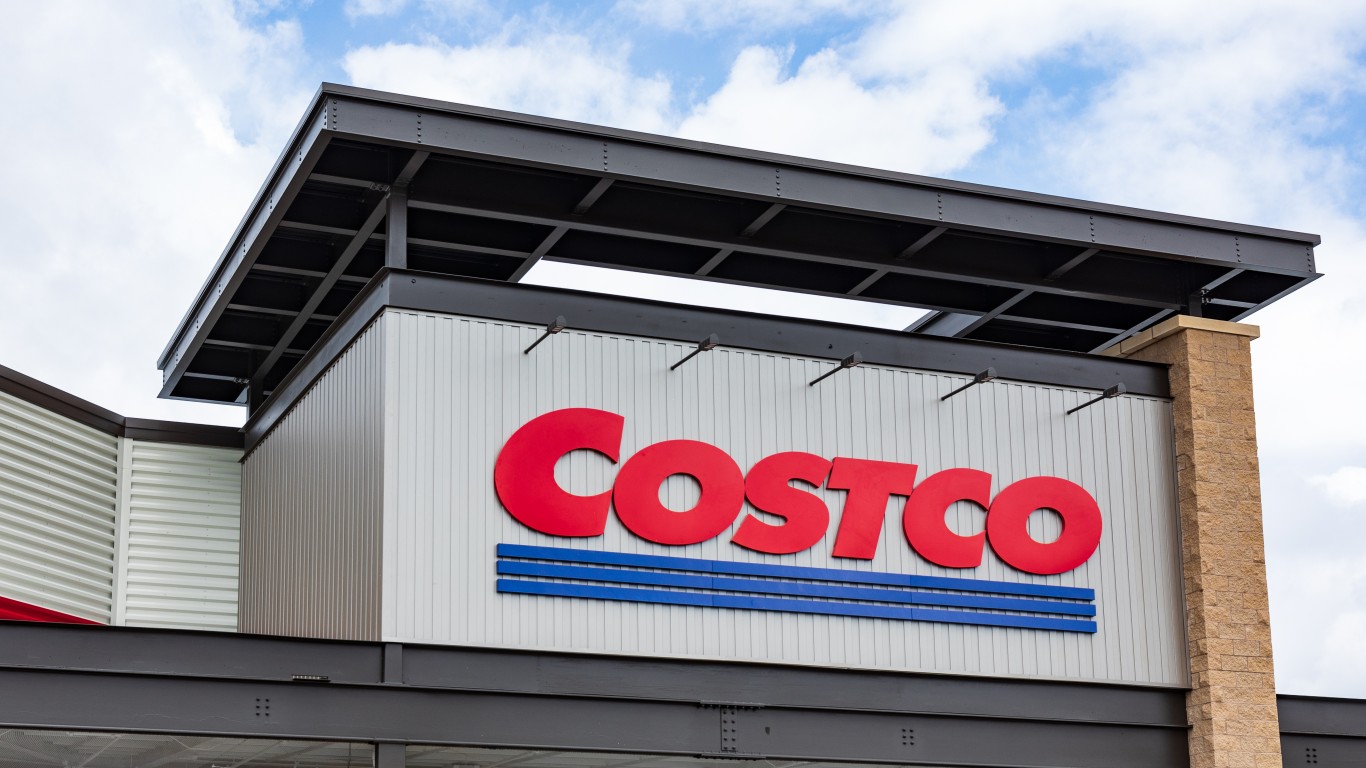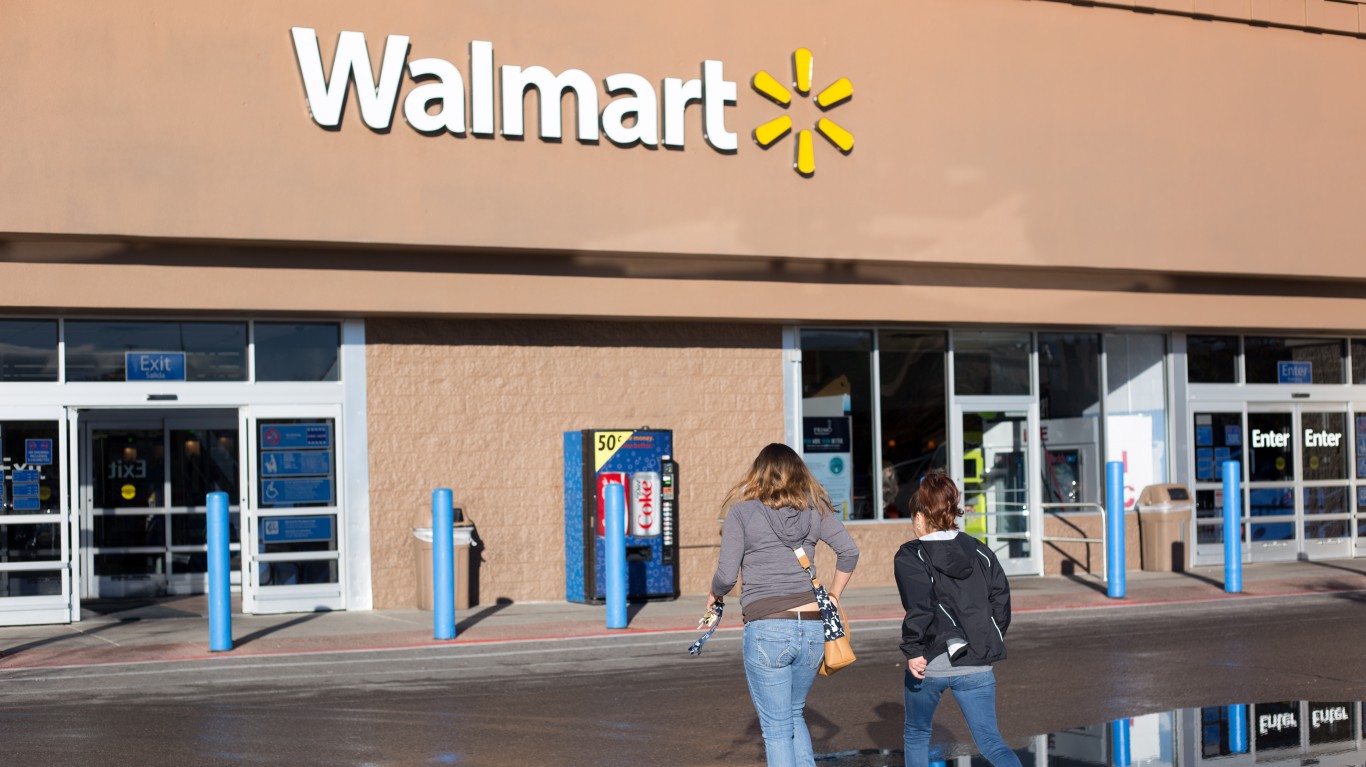
Indianapolis-based hhgregg Inc. (NYSE: HGG) announced last Friday that it would begin liquidating its assets over the weekend because it had failed to find a buyer for the company’s inventory and 220 brick-and-mortar stores. The company filed for Chapter 11 bankruptcy protection in early March and announced on March 30 that unless it found a buyer by April 7 it would begin liquidating assets on April 8.
The last man standing among the brick-and-mortar consumer electronics retailers is Best Buy Co. Inc. (NYSE: BBY), and it is natural to assume that Best Buy stands to gain the most from hhgregg’s misfortune.
Maybe. In the short run, however, hhgregg’s liquidation pricing doesn’t help Best Buy, at least in the places where there are hhgregg stores. The impact should be modest because Best Buy has at least 1,000 more stores than hhgregg. It’s also likely that hhgregg has been working down inventory for some time and that there’s not a lot left for eager consumers to pick over.
In the medium to longer term, the impact of hhgregg’s bankruptcy could have been a benefit for Best Buy. That’s due largely to an expected boost in foot traffic to Best Buy stores. Another struggling retailer, Sears Holdings Corp. (NASDAQ: SHLD), could also boost traffic in Best Buy’s stores.
But that’s not where the action is. The action is online, and even though Best Buy has been improving its online sales, competition with pure-play online retailers like Amazon.com Inc. (NASDAQ: AMZN) is challenged due to overhead costs for all those brick-and-mortar stores.
It’s hard to see a significant boost for Best Buy coming out of hhgregg’s liquidation. Investors apparently see it the same way. The company’s stock was flat in Monday’s premarket session. That likely means that investors had already priced in the demise of hhgregg. No further bump is likely forthcoming.
In 20 Years, I Haven’t Seen A Cash Back Card This Good
After two decades of reviewing financial products I haven’t seen anything like this. Credit card companies are at war, handing out free rewards and benefits to win the best customers.
A good cash back card can be worth thousands of dollars a year in free money, not to mention other perks like travel, insurance, and access to fancy lounges.
Our top pick today pays up to 5% cash back, a $200 bonus on top, and $0 annual fee. Click here to apply before they stop offering rewards this generous.
Flywheel Publishing has partnered with CardRatings for our coverage of credit card products. Flywheel Publishing and CardRatings may receive a commission from card issuers.
Thank you for reading! Have some feedback for us?
Contact the 24/7 Wall St. editorial team.




